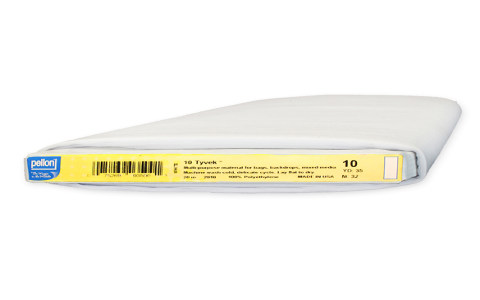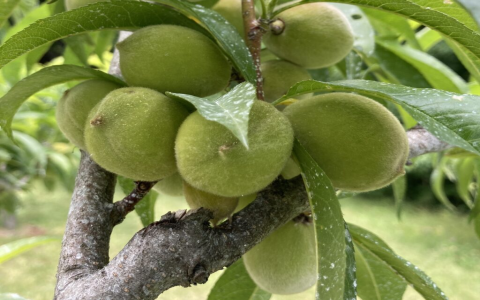Can You Sew Tyvek? Exploring the Versatility of Tyvek Fabric
In the world of materials, few are as intriguing as Tyvek. This unique fabric, made from high-density polyethylene fibers, has gained popularity across various industries due to its remarkable properties. From construction to fashion, Tyvek’s versatility raises an interesting question: Can you sew it? The answer is not only a resounding yes, but it also opens up a world of creative possibilities.

Tyvek is often recognized for its durability and water resistance, making it an ideal choice for applications that require protection from the elements. Its lightweight nature and breathability further enhance its appeal, especially in outdoor gear and protective clothing. However, what many may not realize is that Tyvek can also be transformed into stylish and functional items through sewing.
When considering sewing with Tyvek, it is essential to understand its unique characteristics. Unlike traditional fabrics, Tyvek does not fray, which means that edges can be left raw without the need for finishing. This quality simplifies the sewing process, allowing for quick and efficient construction of various projects. Additionally, Tyvek can be easily cut with scissors or a rotary cutter, making it accessible for both novice and experienced crafters.
Sewing Techniques for Tyvek
To successfully sew Tyvek, certain techniques can enhance the experience. Using a walking foot on your sewing machine can help manage the fabric’s slippery nature, ensuring even feeding through the machine. It is advisable to use a sharp needle, such as a size 80/12, to penetrate the material effectively without causing damage. When selecting thread, polyester or nylon options are recommended due to their strength and durability.
For those looking to create bags, wallets, or even clothing, Tyvek offers a blank canvas for creativity. The fabric can be printed on, allowing for personalized designs that stand out. Many artists and designers have embraced Tyvek for its ability to hold vibrant colors and intricate patterns, making it a popular choice for unique fashion statements.
Applications of Sewn Tyvek
The applications of sewn Tyvek are vast. In the realm of fashion, designers have crafted everything from stylish jackets to eco-friendly accessories. The lightweight and water-resistant properties make Tyvek an excellent choice for outdoor apparel, ensuring that wearers stay dry and comfortable. Moreover, the fabric’s recyclability aligns with the growing trend of sustainable fashion, appealing to environmentally conscious consumers.
In addition to fashion, Tyvek is widely used in the construction industry. It serves as a protective barrier in building envelopes, preventing moisture infiltration while allowing for breathability. When sewn into custom covers or protective gear, Tyvek can safeguard tools and equipment from harsh weather conditions, extending their lifespan.

Creative Projects with Tyvek
For those interested in DIY projects, Tyvek offers endless possibilities. Craft enthusiasts can create unique home decor items, such as wall art or decorative storage solutions. The fabric’s ability to be easily manipulated allows for innovative designs that can elevate any space. Additionally, Tyvek can be used in educational settings, where students can explore textile arts and learn about sustainable materials through hands-on projects.
As the world continues to embrace sustainability, Tyvek stands out as a material that not only meets functional needs but also encourages creativity. Its adaptability makes it suitable for a wide range of applications, from practical uses in construction to artistic expressions in fashion. The question of whether you can sew Tyvek is not just about the act of sewing; it is about the potential for innovation and creativity that this remarkable fabric offers.
In exploring the capabilities of Tyvek, one discovers a material that transcends traditional boundaries. Whether you are a seasoned seamstress or a curious beginner, sewing with Tyvek can lead to exciting new projects that reflect personal style and values. The journey of working with this fabric is not just about the end product; it is about the exploration of possibilities and the joy of creating something unique.



